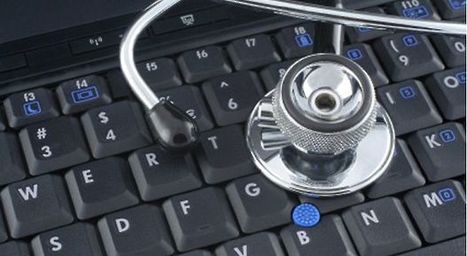Clinical decision support (CDS) alerts may not seem significant on the surface, but these alerts have the potential to save patient lives.
CDS alerts permit clinicians to access real-time patient data, ideally resulting in enhanced patient safety and medication accuracy. CDS alerts can also notify clinicians about potential patient warnings to prevent errors and additional adverse drug events from occurring.
While EHRs are directly associated with clinician burnout, CDS tools aim to aid clinicians.
CDS “provides clinicians, staff, patients or other individuals with knowledge and person-specific information, intelligently filtered or presented at appropriate times, to enhance health and health care.”
The benefits they offer include:
Identifying Adverse Drug Events
Promoting Patient Safety
Improving Patient Awareness,
Improve Provider-Patient Communication
Where they have been found to be ineffective in current times -
Alert Fatigue and Low-Value Alerts
Failure to Detect Medication Errors
Commercial Influence
CDS alerts are an imperfect EHR tool with several pros and cons. But increased stakeholder research could minimize the number of negatives and expand the number of positives.
Read the whole article at https://ehrintelligence.com/news/the-pros-and-cons-of-ehr-clinical-decision-support-alerts



 Your new post is loading...
Your new post is loading...











